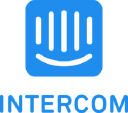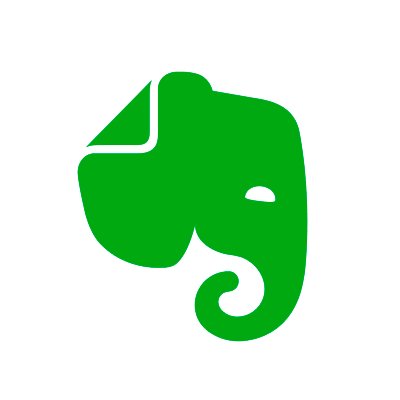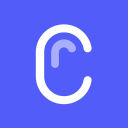How I Grew A Training & Wiki Software Tool To $2M ARR
Hello! Who are you and what business did you start?
I’m Chris Ronzio and I’m the founder and CEO of Trainual. Our purpose is to make small business easier by creating software that allows businesses to easily scale.
You can think of Trainual as a hybrid between a wiki, knowledgebase, intranet, and an enterprise training tool. It’s designed for a small business that’s graduating from Google Docs and cluttered Dropbox folders and needs to get started quickly. Trainual, provides a way to capture every process, role, and responsibility, creating a consistent, teachable, and scalable knowledge base, centralized in one place.
At the heart of this work is a desire to help business leaders find the time to do more of what they love, and by providing a way to document and delegate what you do, and create a scalable operations manual, Trainual is doing just that for business owners, team leaders, and hiring managers worldwide.
We really cater to small businesses (typically under 250 employees, but not limited to), who want something easier to set up and manage than an enterprise learning system. Right now, we have more than 15k users in over 80 countries around the world and are up to $2M ARR.

Download the report and join our email newsletter packed with business ideas and money-making opportunities, backed by real-life case studies.

Download the report and join our email newsletter packed with business ideas and money-making opportunities, backed by real-life case studies.

Download the report and join our email newsletter packed with business ideas and money-making opportunities, backed by real-life case studies.

Download the report and join our email newsletter packed with business ideas and money-making opportunities, backed by real-life case studies.

Download the report and join our email newsletter packed with business ideas and money-making opportunities, backed by real-life case studies.

Download the report and join our email newsletter packed with business ideas and money-making opportunities, backed by real-life case studies.

Download the report and join our email newsletter packed with business ideas and money-making opportunities, backed by real-life case studies.

Download the report and join our email newsletter packed with business ideas and money-making opportunities, backed by real-life case studies.





















